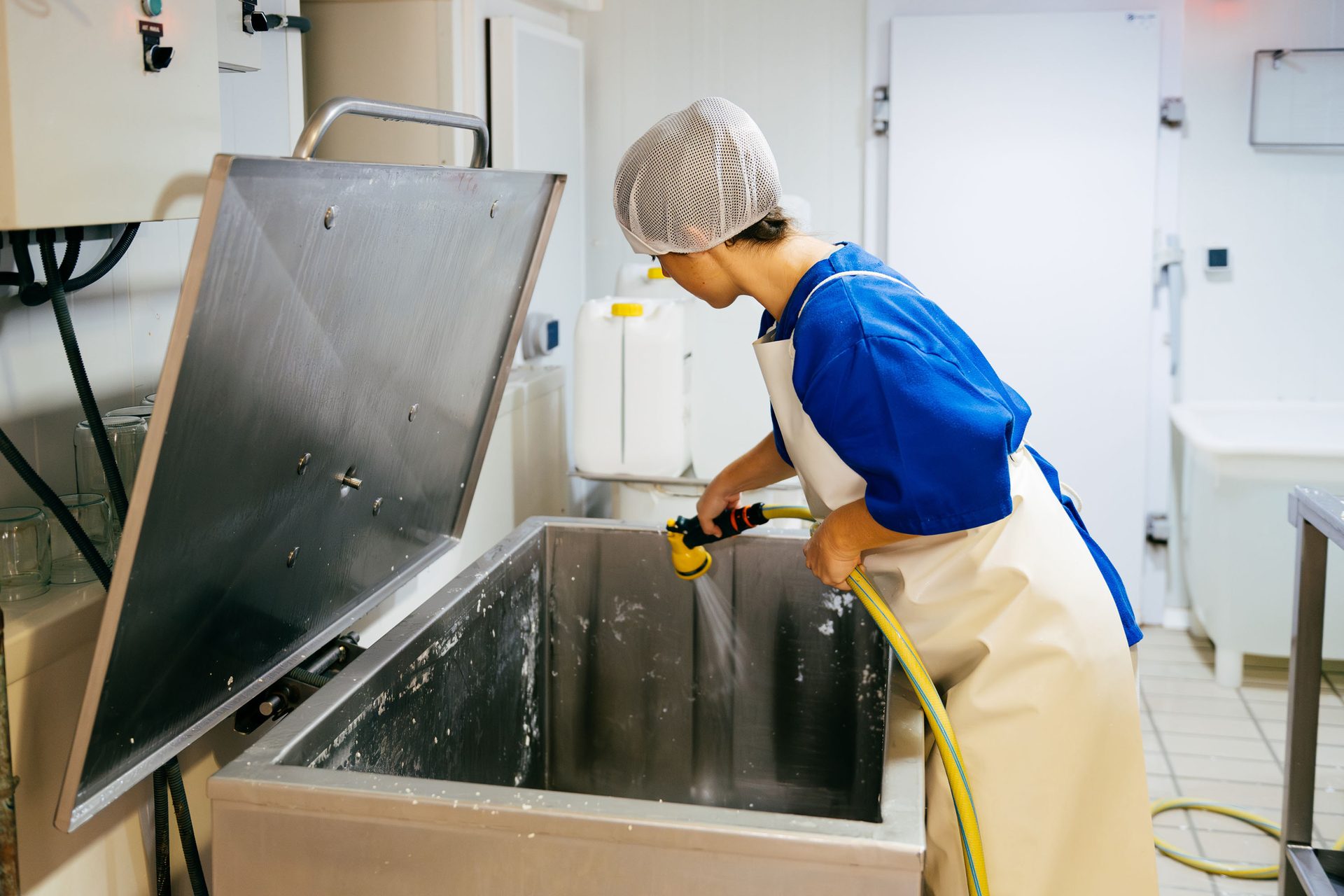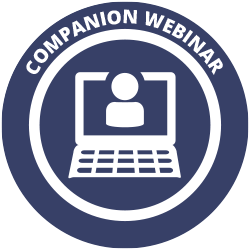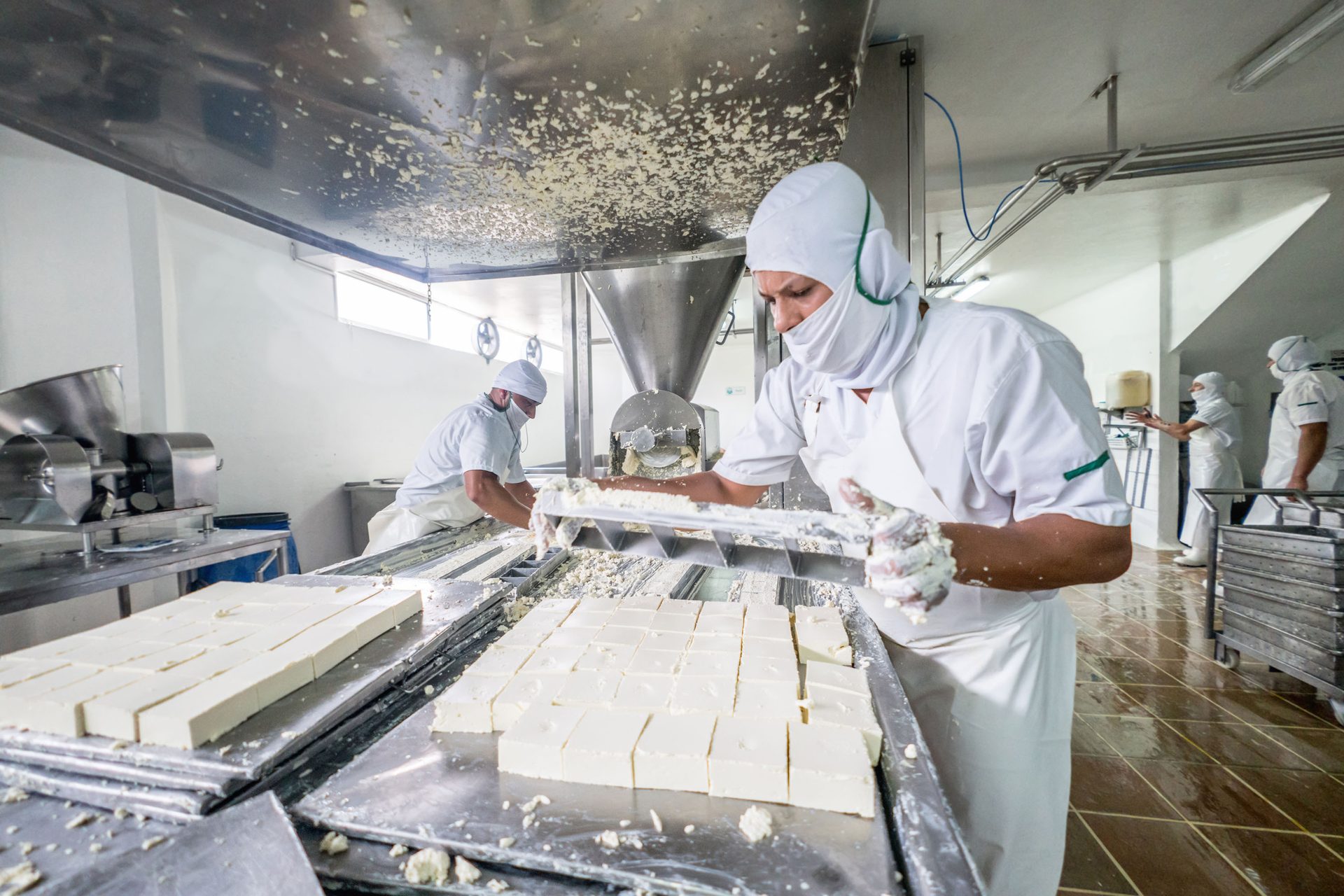FOOD SAFETY INSIGHTS
By Bob Ferguson, President, Strategic Consulting Inc.
Hygienic Design: How are Processors Coping With This Essential Element of Food Safety?—Part 2
Food processors elaborate on their sanitation program's fundamentals and challenges

Image credit: Galdric/iStock/Getty Images Plus via Getty Images
SCROLL DOWN
Welcome to Part 2 of our survey of 118 food processors in 23 countries about their biggest issues with the sanitary design of the equipment they use, the facility in which they work, and the sanitation processes they follow. Part 11 reviewed the obstacles processors reported in obtaining and maintaining the best equipment in the best environment. In Part 2, we will take a closer look at the fundamentals of processors' sanitation programs and the challenges and obstacles they face in implementing them.
Cleaning and sanitation are, of course, a fundamental function of any food safety program. As mentioned in Part 1,1 it would be nice to assume that every food processing facility has an ideal sanitation program, the entirety of their facility is accessible and easy to clean, and the staff is fully bought in and flawlessly executes their program. While this would be an ideal state—and sanitation program managers will certainly have this as a goal—we at Food Safety Insights understand that there will always be impediments and obstacles to achieving such a program in the real world.
So, what are these obstacles and issues? Let's start with a question about staffing.
Dedicated Sanitarians
Prior to preparing our survey, we asked a number of sanitation experts where to start and what questions to ask. Almost universally, the experts said that while food safety is everyone's responsibility, and a mature food safety culture will make a significant contribution to an effective sanitation program, the best programs have a single, trained individual designated to be responsible for the program. The sanitation experts recommended that we ask, "Do you have a designated Sanitarian position?" So we did.
As shown in Figure 1, 81 percent of those surveyed indicated that their plant does indeed have such a designated individual.
FIGURE 1. Do You Have a Specific "Sanitarian" Position?
For many of the individuals responding to our survey, this was a simple question. One plant operation manager from an ingredient and spice company mentioned, "We have a sanitation supervisor who [oversees] the sanitation program and works to improve the program." An environmental sanitation technician at a dairy company commented, "Yes, we have a sanitation supervisor and a crew that helps work under him." Many other respondents who have "sanitation" in their job title answered, "Yes, that's me."
However, from the comments we received and the information we heard in several of the interviews with respondents, it was also apparent that some of these "yes" answers are not so clear.
One sanitation supervisor at a snack foods company commented, "I am trained by experience, but [the] company doesn't have [a full-time position] built in our model yet."
A few of the other responses, while indicating the existence of a sanitarian position, indicated that sanitation was actually more of a team effort. We heard several comments such as, "In our dairy plant, a lot of people are engaged," "All of our sanitation team members are trained and certified to carry out their activities," and "Our process staff is trained for the [sanitation] program."
Interesting, some respondents who indicated that they took a team approach to sanitation answered "no" to the above question. A quality manager at a dairy plant in Australia who said, "All staff are doing it," was typical of the "no" responses, indicating that the plant does not specifically have a sanitarian on staff.
While it is encouraging to see 81 percent of the responses indicating the presence of a "dedicated sanitarian" in a plant, this variable characterization of a "team approach" to sanitation likely makes this number not as large as it may seem.
A 'Team Approach' to Sanitation
When considering the "no" responses, the obstacles reported seem to echo a message we have heard before about food safety professionals having to "wear too many hats" or "struggle with insufficient resources." A quality manager at a processed food company (also in Australia) mentioned the impact of resource constraints, saying, "Due to cutbacks, the person who was training sanitation teams and following up wasn't kept. Staff train amongst themselves, and communication is somewhat a challenge." A U.S.-based quality manager lamented over the same impact, saying, "We did originally [have a dedicated sanitarian], but due to layoffs we no longer have a 'sanitarian.'"
Another U.S.-based quality director at a soup manufacturer echoed this issue of "wearing too many hats" and needing a dedicated staff position, saying, "That's one of my many responsibilities which I've been fighting against, because I can't be here around the clock. Sanitation occurs overnight, so I am forced to rely on a sanitation lead to make sure things are done properly and keep me informed, but the position lacks the authority to make any real decisions—especially if the decision could cost the company money or if it involves personnel issues."
Others said they think the "team approach" to sanitation is not ideal, but they do not have the resources to operate otherwise. A quality manager highlighted that this approach may even create conflicts. She indicated, "Yes, this idea of having a dedicated sanitarian is something that we've struggled with, mainly from an allocation standpoint. In the time that I've been here, it's moved around. At one point, we did have a sanitation manager who was specifically trained and certified. We got rid of that position, and the sanitation program responsibility fell under quality. In a later move, the actual sanitation of the line went to operations. So, basically, the same people who are running the lines are cleaning the lines, and that's how it is still working now."
Use and Storage of Sanitation Tools
Another key tenet of effective cleaning and sanitation is the control of tools to avoid cross-contamination. Compliance with a program for segregation and storage of sanitation tools was indicated to be high, with 91 percent saying their facility has a formal program for the handling of cleaning and sanitation tools (Figure 2). We heard many commonalities in the responses, with color coding being by far the most mentioned (Figure 3), where tools are coded and stored based on usage and zones, specified storage areas that are kept clean and dry, and strict chemical labeling policies.
FIGURE 2. Do You Have a Policy for the Use and Storage of Sanitation Tools?
FIGURE 3. What are the Main Points of Your Tool Policy?
Many respondents mentioned that their programs are designed to comply with regulations set by the Food and Drug Administration (FDA), the Occupational Safety and Health Administration (OSHA), Safe Quality Food (SQF), and other regulatory and audit requirements, which may point to the reason for the high level of conformity and compliance for this requirement. Even though the survey showed that compliance was specifically mentioned by only 13 percent of the respondents, it was clear from the comments that regulatory compliance is a key driver of their programs. It is likely that regulatory compliance is so obviously needed that it did not rise to the level of recognition as a "feature" of their program, but simply a foundational driver of any program.
As a summary of both Parts 1 and 2 of our survey, we also asked the participants to share their simple assessment, on a scale of 1 to 10, of the general hygienic design and ease of sanitation of the plants and facilities under their responsibility. As shown in Figure 4, the majority of the respondents (60 percent) gave themselves a grade of between 6 and 9, with only a minority scoring their condition as less than 5.
FIGURE 4. On a Scale of 1–10, How Would You Rate Your Plant's Equipment and Facility in Terms of Effective Hygienic Design and Ease of Sanitation?
“We also heard numerous comments pointing to employee diligence with sanitation and equipment maintenance as a challenge.”

Based on the comments we heard, it is fair to conclude that most processors believe they have a "good" program—i.e., one that addresses their major issues. They also concede, however, that there are many areas in their programs that need improvement, and they must continue to work to overcome the obstacles they face and make improvements when and where they can.
Look for more Food Safety Insights in the August/September issue of Food Safety Magazine.
References
- Ferguson, B. "Hygienic Design: How are Processors Coping With This Essential Element of Food Safety?" Food Safety Magazine April/May 2025. https://www.food-safety.com/articles/10313-hygienic-design-how-are-processors-coping-with-this-essential-element-of-food-safety.
Notes
a For chicken, the serotypes are Salmonella Enteritidis, S. Typhimurium and S. 4,[5],12:i.
b For turkey, the serotypes are Salmonella Hadar, S. Typhimurium, and S. Muenchen.
c These were the terms of the proposal at the time of our survey and the writing of this article. The comment period for the proposal was scheduled to end on January 17, 2025, and changes to these terms and the proposed regulation may be in process.
d In the survey, we specifically asked the question, "If you could ask any question or make a request to USDA Deputy Under Secretary for Food Safety Sandra Eskin, what would that be?" Since the time of our survey, Sandra Eskin has left her position at USDA and, as of this writing, a successor has not yet been named.
Bob Ferguson is President of Strategic Consulting Inc. and can be reached at bobferguson9806@gmail.com or on X/Twitter at @SCI_Ferguson.


